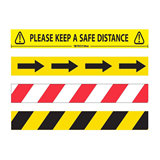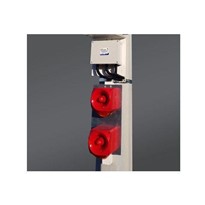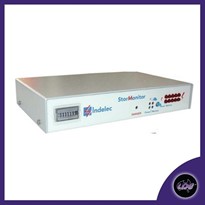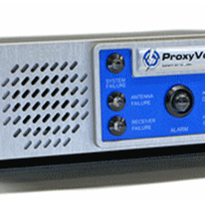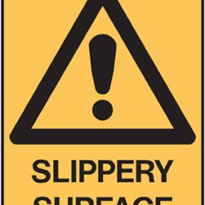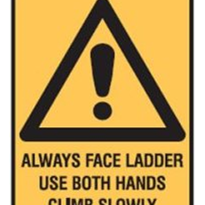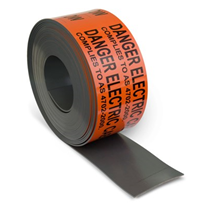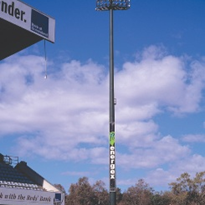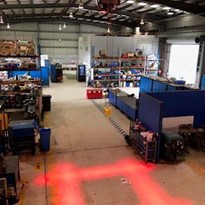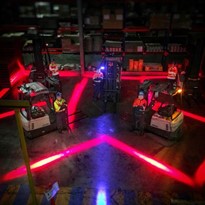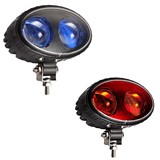As a result of our changing climate, extreme flooding appears to becoming increasingly common – and prediction, prevention and warning of floods which result in risk to life or cause damage to property has become more important than ever.
A flood warning system configured around a Campbell Scientific data logger offers a solution which can be scaled from a single monitoring point to an integrated network of hundreds of stations, allowing users to monitor flood-prone regions and respond accordingly.
Early Warning
A Campbell data logger and suitable sensors can provide early warning of a flood risk, allowing action such as road closures, flood proofing or even evacuation to be taken, thus alleviating the possibility of injury and damage.
Warnings can be sent using various communication methods – internet protocols, SMS, cellphones, voice-synthesised telephone message (using the new COM320 modem) or radio networks, depending on the location of the stations. Using the powerful control capability of the data loggers, Campbell Scientific systems can also activate warning signals such as sirens, flashing lights and road signs, alerting drivers to possible flood dangers.
Rainfall Rates
Most inland floods are the result of heavy rainfall, often where it falls on ground which is already saturated by previous rain events. Monitoring soil moisture levels and rainfall rates at key catchments and run-off sites can provide an early indication of the likelihood of a flood.
Networked Monitoring Points
With a Campbell Scientific system it is possible to collect data from multiple sites to provide a clear picture of what is happening in near real time. Soil moisture and rainfall rate data from run-off sites upstream, measurement of flow rates and water levels from feeder streams, creeks and drainage channels, and measurement of the river prone to flooding - all combine to provide a detailed picture of the current situation as well as information necessary for the accurate prediction of what is likely to happen over the coming hours.
Archived data collected over time can also be used for flood prediction modelling and for highlighting areas of the water system which could be improved to help prevent future flooding, perhaps by improved drainage, flood defence, stream bed dredging, etc.
Small Scale Systems
Localised damage to property can occur when a normally sedate creek becomes a raging torrent as a result of a sudden deluge upstream, often causing land slips as well as flooding. A pressure transducer to measure water level and a flow sensor connected to a single data logger could provide all the early warning required to minimise damage or injury to those in the path of such danger.
Additional Measurements
As well as the parameters already mentioned there are others which may be added for a broader picture. These include:
- Wind Speed & Direction
- Air & water temperature
- Turbidity
- Dissolved oxygen
- Solar radiation
- Conductivity
- Tide level
See our ALERT flood reporting info on flood warning systems or contact our team on info@campbellsci.com.au.



